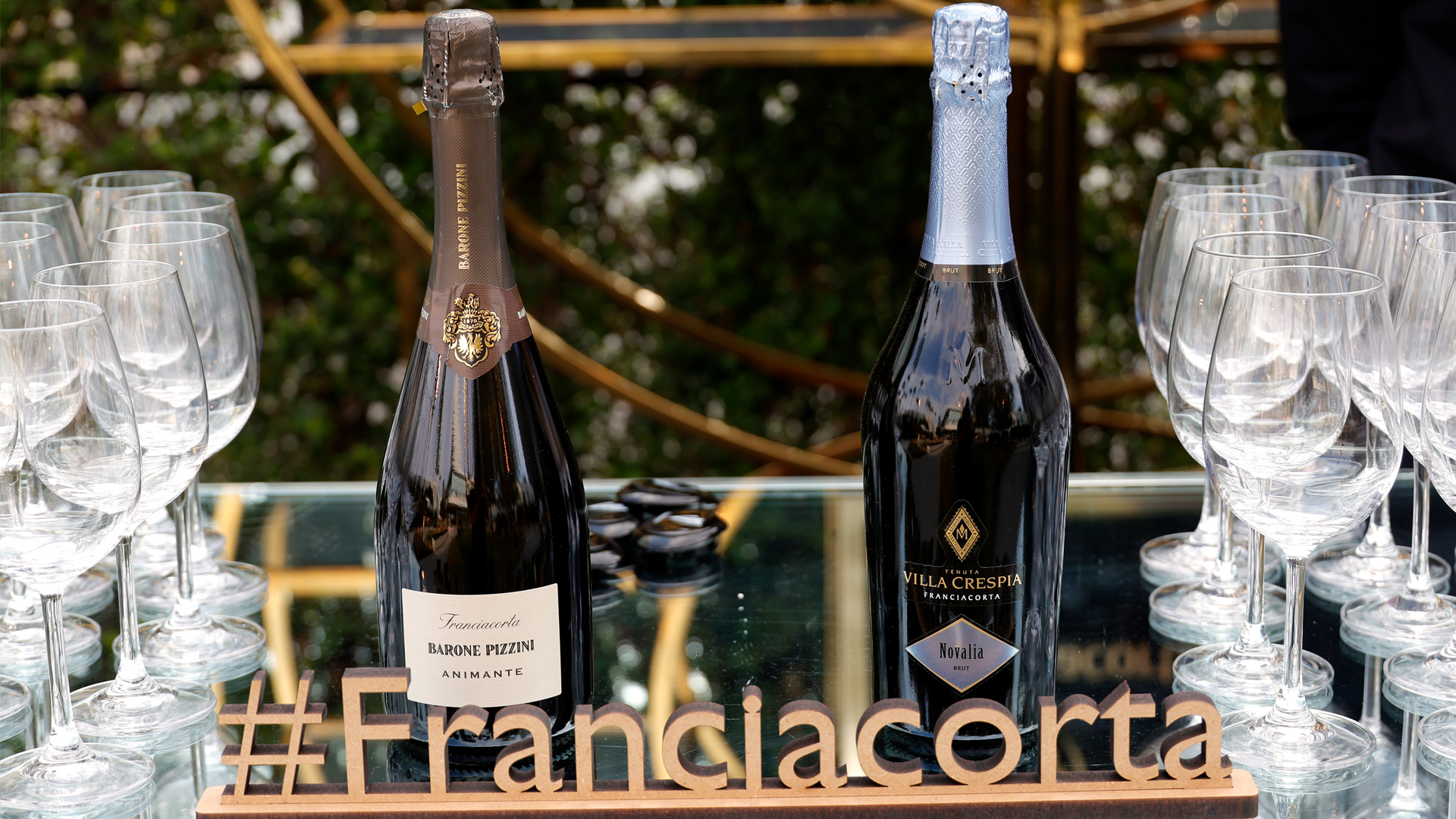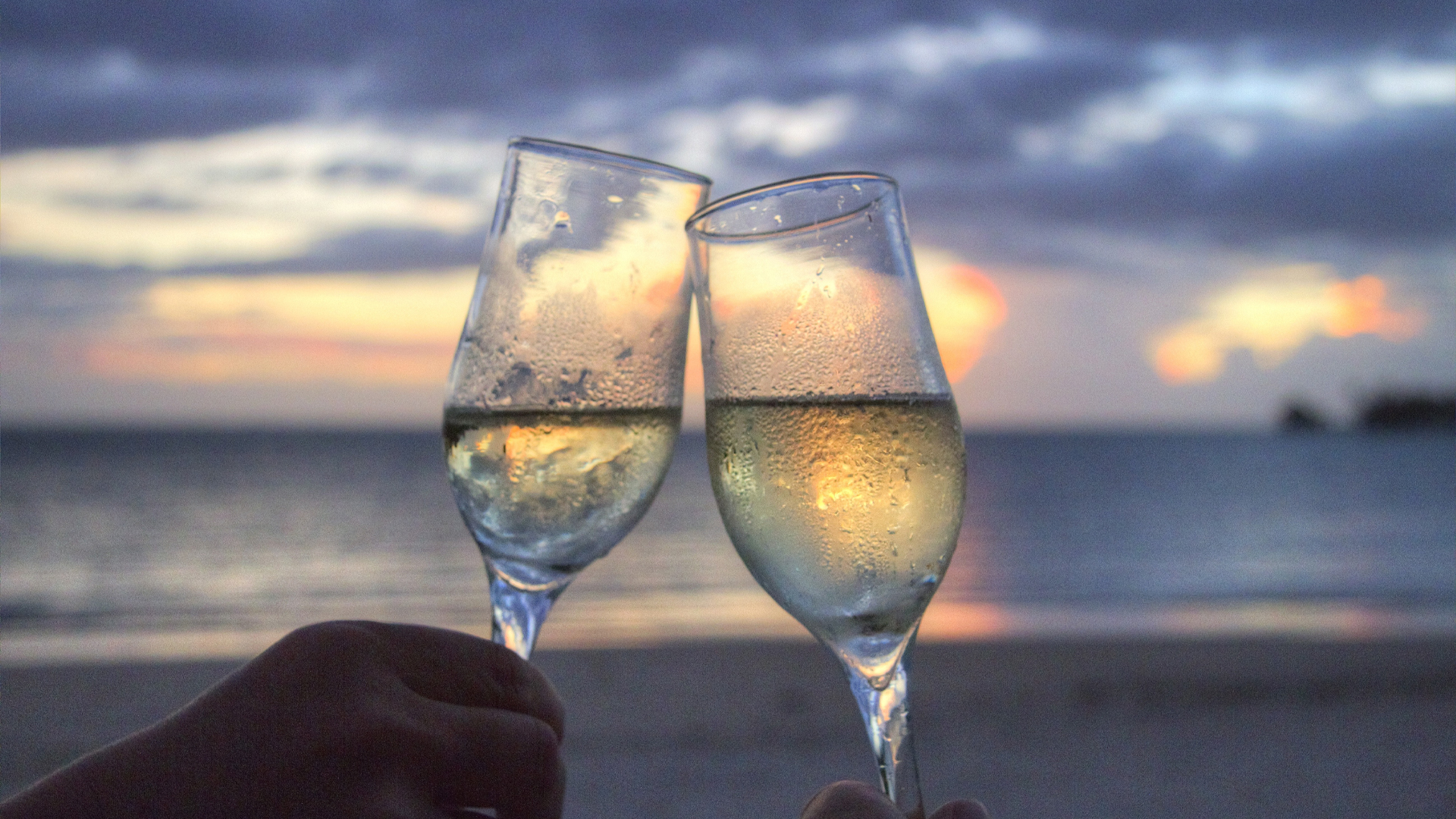When you think of Italian sparkling wine the first that comes to mind is most likely Prosecco however, that doesn’t even scratch the surface of what Italy has to offer when it comes to bubbles. From the classic method, to champagne-like wines, to the perfect pizza pairing sparkling reds, Italy’s sparkling wines are as unique and diverse as the country’s cuisine. Here are 3 Italian sparkling wines you must include in your rotation for any celebration:
Prosecco

(Photo Credit: The New York Times)
Hailing from northeastern Italy, Prosecco is the most popular Italian sparkling wine around the world. It is made primarily from the “glera” grape and comes from DOC regulated areas mostly found in Friuli-Venezia Giulia and Veneto. The most prestigious Prosecco comes from the DOCG area of Asolo between Conegliano and Valdobbiadene, which is on the UNESCO World Heritage list. The production process starts off by harvesting the grapes, then crushing and fermenting them to produce wine without bubbles. Prosecco is produced using the Charmat Method, meaning that instead of a second fermentation occurring in a bottle, it takes place in a large stainless steel tank. The result is that the sparkling wine has far less contact with the lees, allowing the fruit character to be at the forefront. It is a light-bodied, vibrant, fresh and highly aromatic style of sparkling wine made. Some prefer to enjoy Prosecco on its own but it is also the famous supporting character in any spritz you’ll find during aperitivo.
Franciacorta

If you’re looking for the “Champagne of Italy”, you will find it in Franciacorta. Located in Lombardy this fully sparkling wine has the same name as the region where it’s produced. The area is unique as it sits next to beautiful Lake Iseo and is extremely close to the border of Switzerland. Different from Prosecco, the process to make Franciacorta is similar to French Champagne since the second fermentation happens in a bottle which is required by the Champagne method. Franciacorta DOCG requires a minimum aging on the lees – the yeast sediment leftover in the bottle after the second fermentation – for 18 months for non-vintage wines. Franciacorta has a unique “Riserva” level that requires 60 months on the lees. With the warm Po Valley air during the day and cool Alpine winds at night, grapes will ripen but just enough to retain their critical high acidity. Sunny and windy conditions are ideal for organic farming. Nearly 70% of the producers in Franciacorta are certified or in process of getting certified, making Franciacorta one of the regions with the highest levels of organic farming in Italy.
Lambrusco

(Photo Credit: italiandelights.com)
Lambrusco is a red sparkling wine produced from the grape of the same name in the Italian region of Emilia-Romagna, renowned for its rich gastronomic history. Lambrusco is a food-friendly wine, pairing well with rich and light dishes alike. Bottles labeled Lambrusco Reggiano DOC are produced from grapes grown throughout the region. Since Lambrusco is an incredible wine to pair with food, it can stand up to richer sauces and meats and also provide lighter dishes with some elegance. Lambrusco is also produced in styles that range from dry to sweet, which means that it will appeal to palates across a wide spectrum. Charmat method Lambrusco gets its bubbles from a secondary fermentation taking place in a giant pressurized stainless steel tank, and these bottlings tend to focus on the fruit more than the savory aspects. Classic method Lambrusco gets its bubbles because the wine is bottled before the initial fermentation is totally finished.
Arianna DiCicco
Arianna DiCicco is an educator and writer from California, born into an Italian American restaurant family with strong ties to her grandparents’ home in Abruzzo, Italy. She has lived in San Francisco, Rome and New York City where she’s made deep connections within the Italian communities and gained new perspectives about her own culture. With a Masters in International Education, Arianna has a love and passion for learning and educating others about Italian history & culture.

